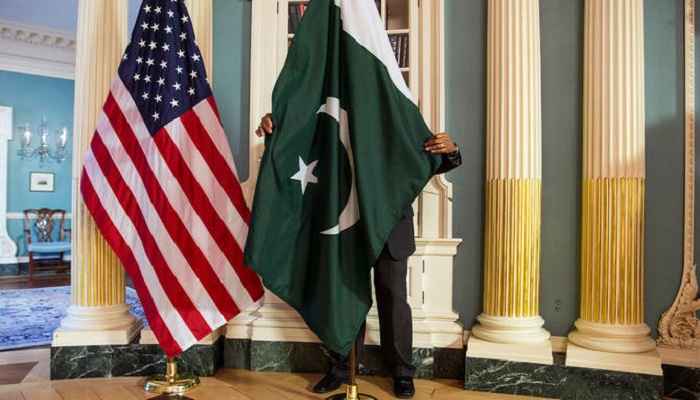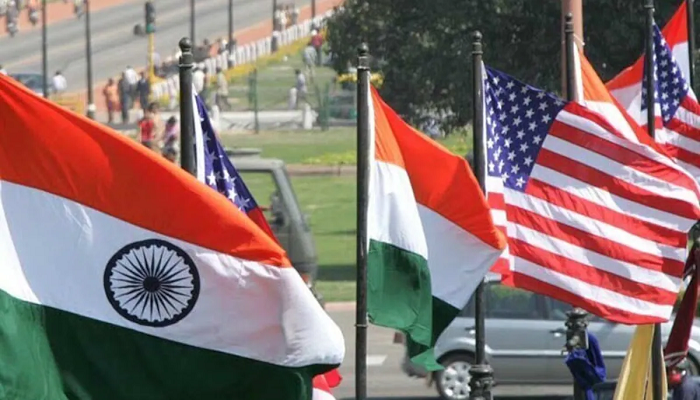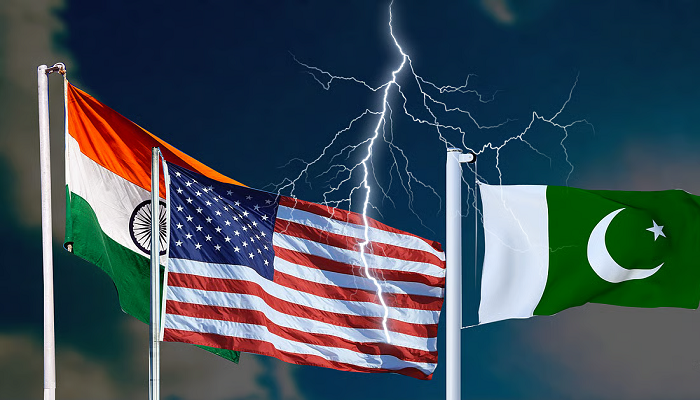As the US ramps up pressure on trade partners under President Donald Trump’s tariff strategy, Pakistan appears on track to finalize a new trade deal with Washington, while India struggles to overcome key obstacles in its own negotiations.
According to Pakistan’s Finance Ministry, Finance Minister Muhammad Aurangzeb met with US Commerce Secretary Howard Lutnick this week and both sides agreed to conclude bilateral trade negotiations next week. The talks, focused on reciprocal tariffs and market access, come at a crucial time as Pakistan faces a steep 29% U.S. tariff on its exports, imposed as part of Trump-era measures targeting countries with significant trade surpluses.
Japan Unveils Emergency Economic Measures to Offset Impact of U.S. Tariffs
In 2024, Pakistan’s trade surplus with the US stood at approximately $3 billion. To address Washington’s concerns, Islamabad has proposed increasing imports of American goods, including crude oil, and offering investment incentives to U.S. firms in Pakistan’s mining sector particularly in projects like the $7 billion Reko Diq copper-gold project.

A recent Pakistan-U.S. investment webinar showcased opportunities in mineral development, and the US Export-Import Bank is now reviewing financing proposals ranging from $500 million to $1 billion.
The two governments are also exploring a broader strategic and investment partnership, a sign of growing bilateral cooperation amid changing geopolitical dynamics and Pakistan’s economic recovery efforts.
Meanwhile, in sharp contrast to Pakistan’s progress, India’s trade talks with the U.S. have hit a stalemate over import duties on auto components, steel, and farm goods. Indian officials said that hopes of reaching a deal before Trump’s July 9 deadline for implementing new tariffs are fading fast.
Pakistan Aims to Increase U.S. Imports to Ease Tariff Tensions
The US has proposed a 26% reciprocal tariff on Indian goods unless significant concessions are made. Washington is demanding tariff cuts on soybeans, corn, automobiles, and alcoholic beverages, as well as removal of non-tariff barriers terms that New Delhi currently finds difficult to accept.
Despite earlier optimism following Trump’s claim that India had proposed a “no tariffs” arrangement, Indian negotiators say the U.S. position has hardened. An Indian delegation is expected to travel to Washington in a last-ditch effort to find common ground, but sources say the focus may now shift toward a long-term comprehensive agreement rather than a rushed interim deal.
“We are keen, but not desperate to sign a deal before the deadline,” one senior Indian official said. India has offered reduced tariffs on almonds, pistachios, and walnuts, and is willing to extend preferential treatment in energy, defence, and automotive sectors.
Both countries Pakistan and India are seeking to deepen economic ties with Washington, but their approaches and current trajectories differ sharply.
US VP Vance Arrives in India for Key Talks Amid Looming Tariff Threat
India, while a strategic partner of the U.S. and a growing export hub for companies like Apple, is also pursuing free trade agreements with the EU and UK to hedge against U.S. policy volatility. Trade between the U.S. and India hit $191 billion in 2024, with both countries targeting $500 billion by 2030. But officials admit that despite multiple rounds of negotiations, “there hasn’t been much progress.”

By contrast, Pakistan is proactively responding to U.S. tariff threats with market opening measures and targeted investment incentives moves that appear to be paying off with a deal potentially just days away.
If finalized next week, the Pakistan-US trade agreement could offer a significant economic boost for Islamabad, while highlighting the challenges New Delhi faces in navigating a more transactional US trade policy under the Trump doctrine.



